8+ Apple Marketing Strategy: What Makes It So Successful?
When it comes to building a successful brand, Apple is undoubtedly the undisputed king. Regardless of how much criticism the company receives for the prices of its technological advancements, Apple still knows how to generate worldwide excitement for its new product launches, as shown by their recent #AppleEvent and unveiling of the much-anticipated iPhone 12.
Apple has truly established itself as the gold standard for product marketing, but what can you learn from the popular brand? What steps would you take to incorporate their winning strategy into your own day-to-day marketing strategies? You will learn all about it in this article!
What is Apple
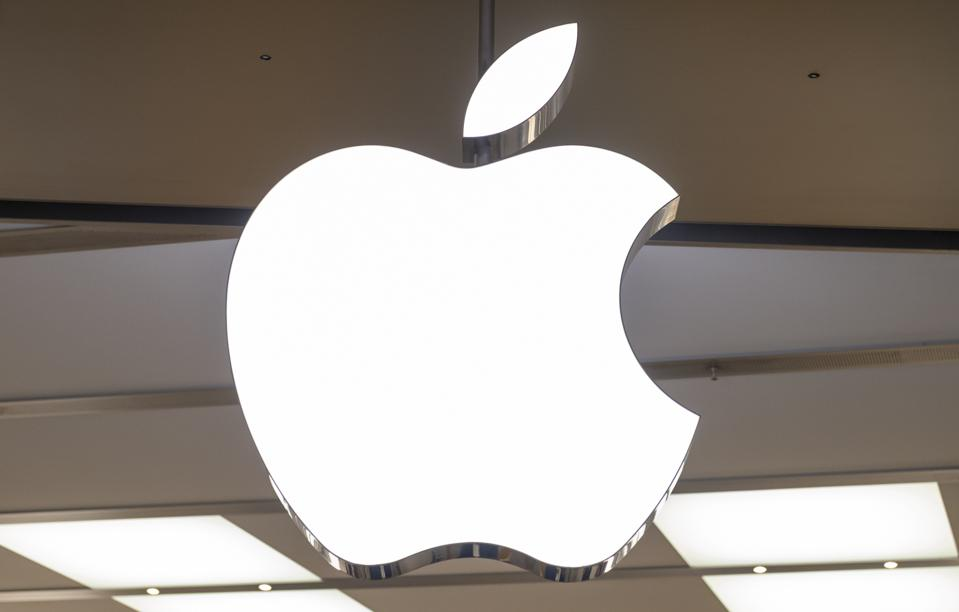
Apple, headquartered in Cupertino, California, is one of the world’s most profitable corporations. It creates some of the most digital devices today such as Macs, iPods, iPhones, and iPads. Steve Jobs and Steve Wozniak, two young computer enthusiasts, formed the company in 1976. Its second product, the Apple II, was the first mass-market personal computer. The Macintosh, which debuted in 1984, was the first personal computer.
Apple started to go down hill after its board of directors fired Steve Jobs in 1985. Apple was on the verge of bankruptcy when Jobs returned in 1997. Then, in 2001, Jobs led a stunning comeback, releasing the iPod, the iPhone in 2007, and the iPad in 2010. As a result, Apple gained nearly $40 billion in sales in its fiscal year 2014.
Jobs died in 2011 from pancreatic cancer. Tim Cook, Jobs’ longtime deputy, has led the organization since then. For nearly four decades, Apple has been a Silicon Valley trendsetter. Apple’s rivals have tried to imitate — if not outright copied — the Apple II, Macintosh, iPhone, or iPad.
Apple’s popularity can be attributed in large part to the company’s obsessive attention on the user experience. Apple is a designer-focused company that prefers to create all aspects of a product — hardware, software, and online services — in-house. Because of this approach, Apple has been able to make some of the most beautiful and user-friendly products ever made.
8+ Apple Marketing strategies: How The Company Has Become Successful
1. Provide value and avoid price war

You don’t have to be a multibillion-dollar behemoth to have Apple’s pricing savvy. Apple avoids price wars because they understand their worth and are not afraid to charge for it. What does this mean for you in terms of your project? When budgeting for your dream, don’t be afraid to charge what you’re worth.
This isn’t to say you should expect consumers to pay a premium for your product based on the erroneous presumption that you’re a one-of-a-kind snowflake or that you should expect your suppliers to give you an unreasonable bargain.
Charging what you’re worth doesn’t mean delude yourself into believing you’re unique; it means identifying areas where you can provide real value to your customers, cultivating the value proposition, and making it your thing - making it something special—something worthwhile to pay for. Anything that will make you so good that you won’t be concerned about the price you put on it.
Read more: How to Price a Product? A Simple Guide for Merchants
2. Strive for simplicity
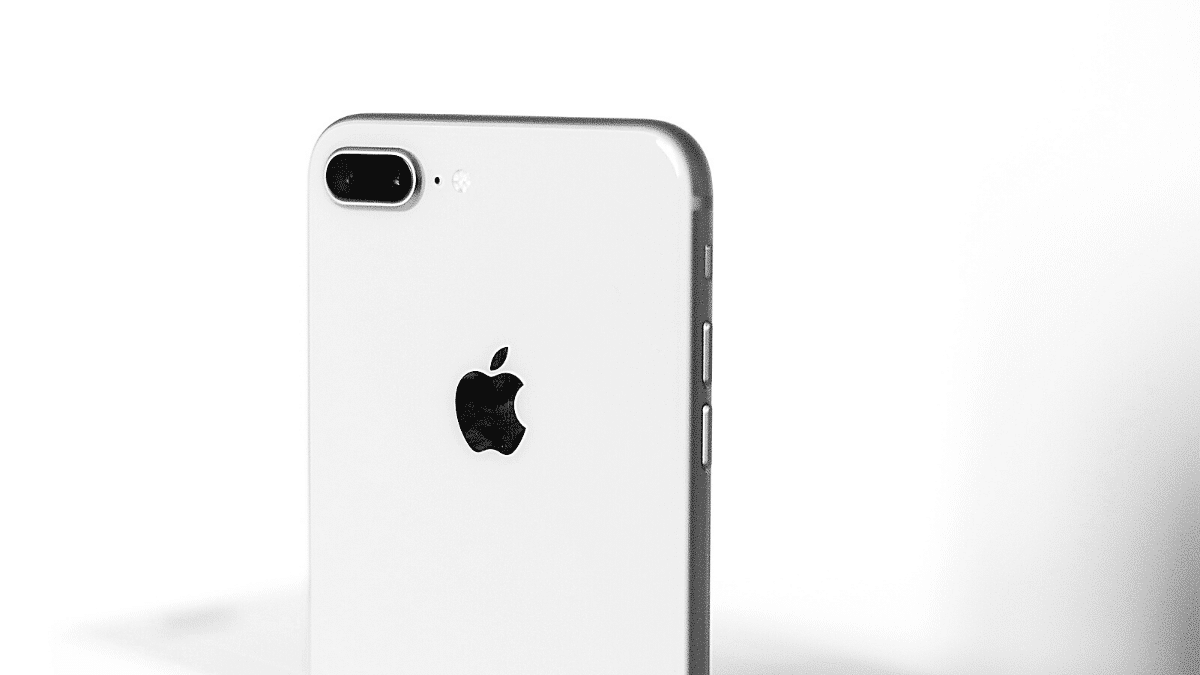
Not only in ads, with their simplistic advertisements devoid of voice-overs or feature lists, pure white backgrounds, and simple homemade iPhone images. But not just with the product, can you recall the last time an iPhone phone had more than one button on its face?
Apple’s simplicity in marketing and product design could teach us a thing or two. Their promotional copy focuses on why such features are essential to the consumer rather than on the features themselves.
Examine your project plan and pitch, and ask yourself, “Am I conveying my message as simply and concisely as possible?” Is there something I’m doing that we don’t really need? Is there somewhere I can cut waste so we can concentrate on what really matters? After all, it’s all too easy to cram all into a page and have it burst at the seams with superfluous information. That is merely brainstorming. It’s all a bunch of nonsense. It is more difficult — and more worthwhile — to reduce it to its essence.
3. Talk about benefits, not features

I don’t know what was the case with you, but one of the first things that led me to Apple’s products was the way they talk about their product. Here’s what I mean: when they marketed the 80 gigabyte iPod, the most important text in their ad was “store 20,000 songs” — because what on earth is a gig? Some may know what it is, but what does that imply for us?
That’s one of the reasons I fell in love with Apple in the first place. They communicated with me in a language I could understand (because I’m not a techie), they communicated with me in benefits I care about (songs, not gigs), and they advertised trendy music that resonated with me and made me realize: Wow. Apple is cool, and Apple completely understands me.
That is what you want to hear from the customers. “Wow, they’ve figured me out.” Since your pitch, and even your whole project, is not about you, it isn’t even about your business, but it’s all about 1) the experience you’re creating for your customers and 2) what the success of selling the experience means for your customers.
That is all that matters. Your customers are everything, so from the presentation to the deliverable-in-hands, you can only speak in their language. Your customers are everything, so you can only speak in their language from the presentation to the deliverable-in-hands.
4. Determine what you stand for
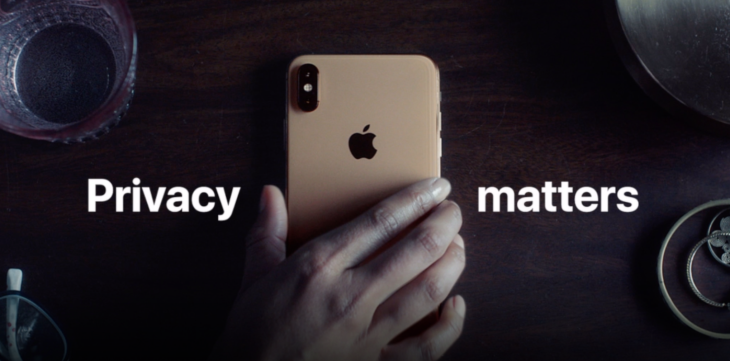
Having a true north star, a true identity that includes what you believe in, what you want for yourself, as well as your customers, and what type of company or product you want to have, will help point you in the right direction no matter what challenges occur during your project. And issues will inevitably arise.
So, before you get started, you should know what you stand for. You should know what you want out of this project, what your brand stands for, and how those two dynamics can interact. Knowing what you and your business stand for will serve as a guiding principle across the project and aid in continuity in pitching, designing, interacting, and advertising.
5. Leverages your community
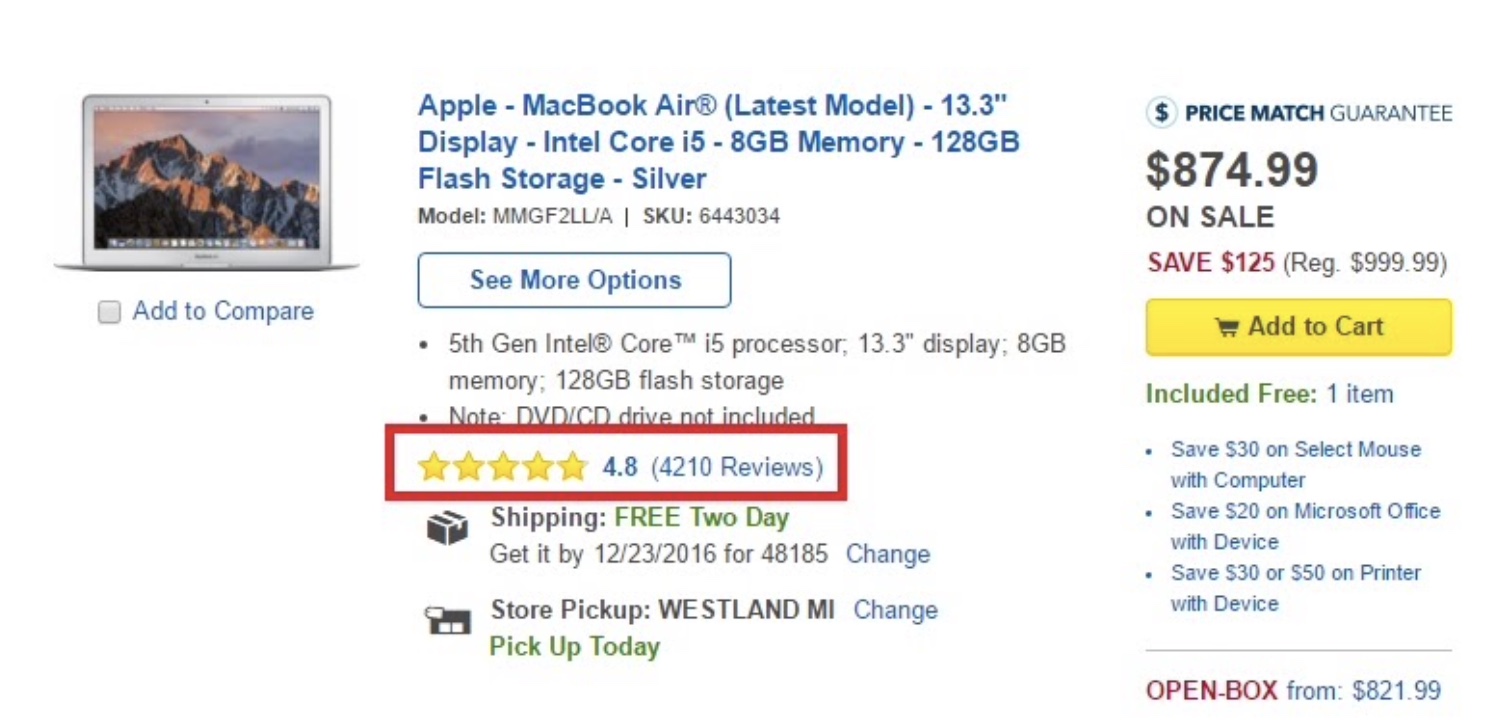
Apple users have built a fairly tight group that includes people from all walks of life over time. Executives, artists, singers, designers, professionals, authors, children, teenagers, and retirees are all represented. This active culture aids in the promotion of the product both among active consumers and customers and among potential prospects.
Apple capitalizes on this culture by using testimonials and feedback. Apple recognizes that it serves an elite audience of the most devoted customers, but that devotion is one of the primary driving forces behind Apple’s growth and brand lift – particularly given that 63% of consumers say they are more likely to buy from an online store that has ratings and reviews.
Apple customers leave favorable feedback and testimonials in droves on Amazon, Best Buy, and other marketplaces. Apple is wise to capitalize on those reviews and keep them prominently displayed on product pages. In contrast to being swayed by brand ads, 92 percent of consumers depend on peer feedback to help them make a buying decision.
This is a simple tactic that any brand can use, particularly given the abundance of tools available to assist eCommerce brands in boosting conversions with social proof through testimonials and reviews. However, social evidence is not limited to product reviews on a website.
6. Create mystery and buzz

When a company launches a product, Apple’s marketing team typically drops hints on the viewer and reveals all of the details right away. The goal is to excite consumers by telling them what they need to know about a product.
Apple takes a different approach, building anticipation by hiding details about new items while teasing them. One of their most powerful marketing strategies is to generate a sense of mystery around product releases.
It’s a strategy that converts existing customers into obsessive fans, causing them to scour the internet for more information and post all they discover. It also helps to turn heads by appealing to potential customers’ curiosity. Apple has even gone so far as to “accidentally” leak details and allow rumors to circulate in order to get consumers and fans talking before any official product releases or announcements.
There is no such thing as an unappealing Apple advertisement. Apple does not do anything obnoxious, and you should not either. Even if it is “just a pitch” or “just a mockup,” if you’re going to present it to your customers, make it look amazing. You will begin to win their hearts by first winning their eyes.
Make it look fantastic, whether it’s your pitch, a mockup or wireframe, a project schedule, or your final deliverable. Make it clear, both in terms of the visuals you use and the words you use to complement those visuals. Prioritize the graphics and make every single word you use count. They’ll be able to hit harder this way.
This makes sense, doesn’t it? With all that we’ve spoken about keeping things straightforward and building interactions, it stands to reason that we’d want to concentrate more on visuals—something that has the ability to speak to consumers and stakeholders more easily, on a more instinctual level, and across all language and cultural barriers—than on words and clutter.
So go ahead and do it. Where will visuals be used instead of words? This is a question you can ask yourself all the way through, from pitching to having your product in front of customers.
7. Connect with emotions
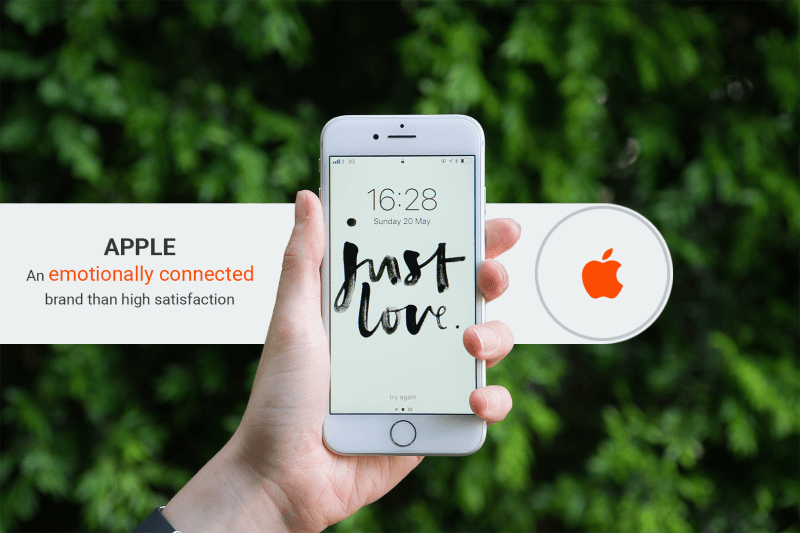
Did anybody else cry when they saw Apple’s Christmas ad with the kid endlessly playing on his phone, much to the chagrin of his family, only to discover that he was making a family video the whole time? No, it does not. That’s right, neither do I. Except that we want our customers to cry but in a positive way.
More precisely, we don’t want them to weep at all; we just want them to feel something. What that anything is will be determined by your brand, your values, and the experience you want your customers to have. It may be the sensation of being touched that causes them to cry. However, it may also be enthusiasm, joy, hope, indignation (accompanied by a strong desire to aid in the facilitation of change), a sense of belonging, or peace.
It can be anything. Whatever it is, make it clear—not just to your customer, but also to your team. Get the all-important buy-in by using emotion.
8. Know your target market
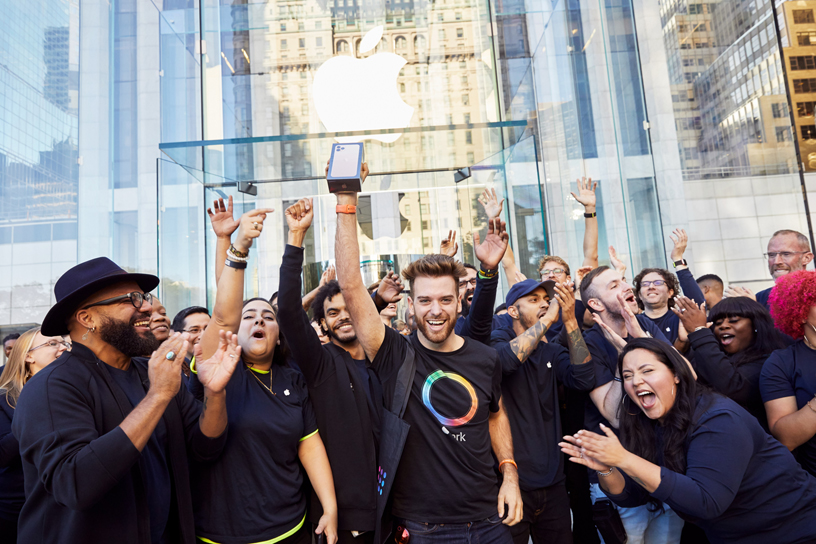
You remember Henry Ford’s famous quote, “If I had asked people what they wanted, they would have said faster horses”? That’s fantastic. It’s as if he knew just what his customers wanted before they did. That is a telltale indicator of whether or not you know your target market. Can you know what your target customers want before they even express it?
Steve Jobs was a master at this. We didn’t realize we needed all-touch phones until we had them in our hands. At the very least, I didn’t want a phone with an all-touchscreen. I thought the concept was ridiculous.
And I can’t picture it any other way now. Knowing your target audiences so well, mastering the various segments of your target market, and being so in touch with their pain points - so well that you can guess a solution to their dilemma before they do. It solves problems in such a beautiful and unexpected way that it attracts attention.
Keep this in mind when you plan market analysis for your idea. If you’re debating whether or not to slash your research budget to save money, here is a small hint: Don’t.
9. Do the right thing, even if it’s different
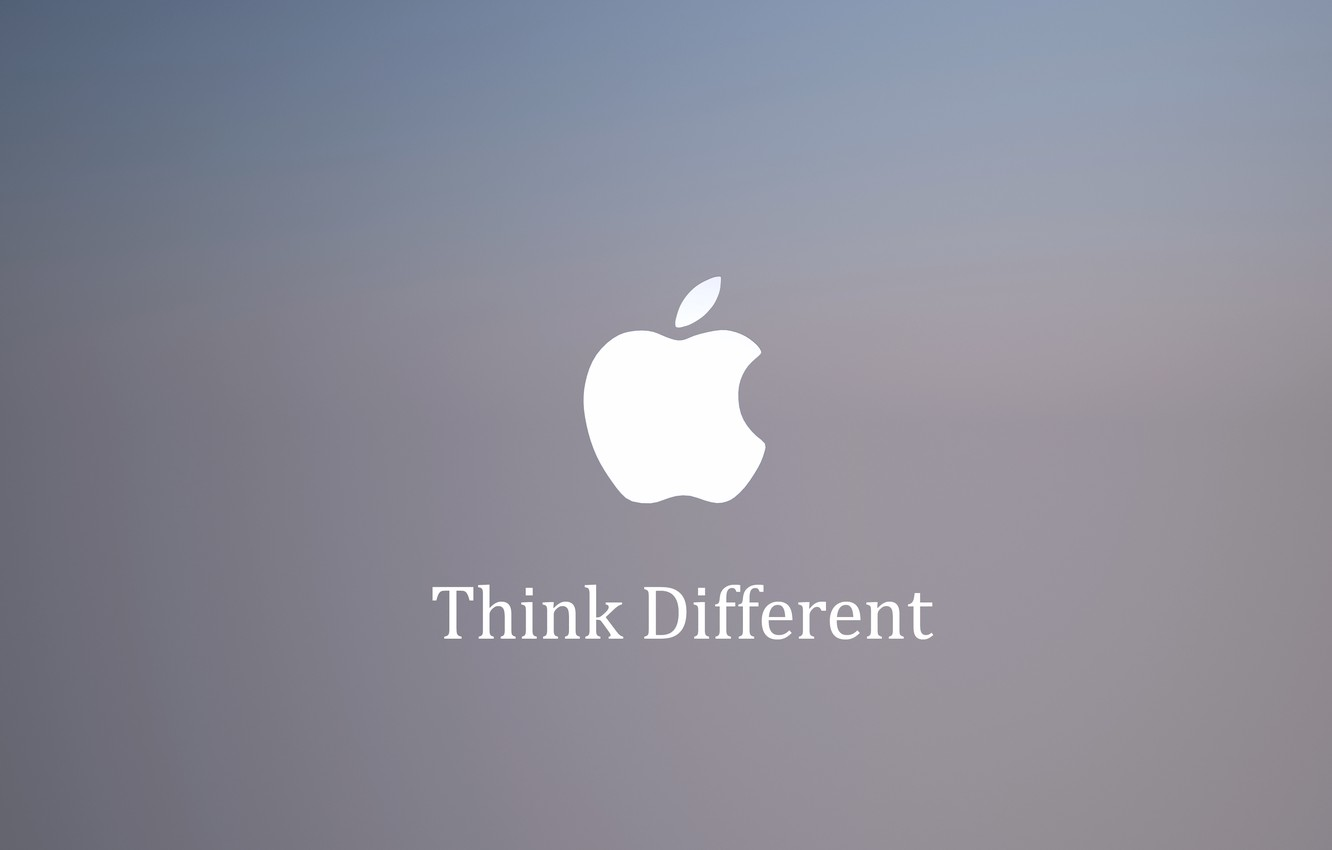
If I could condense all of the preceding points into a single, memorable takeaway, it would be to do the right thing. Sure, it’s not as easy as it sounds. To do the right thing, you must first remove your biases, history, textbook awareness, and own assessment of your limitations. You almost have to think yourself into a vacuum, into a room unbound by what everyone else is doing.
Apple’s willingness to think into the vacuum is what has propelled them to success. That is what made them popular for shaking up the cell phone industry in 2005, forever changing history by placing phone manufacturers and their corresponding apps in charge instead of providers.
Just because someone else—your former owners, bosses, rivals, and customers—believes something should be done a certain way doesn’t mean it’s the right way. Keep this in mind when creating your ads, pitching, and designing your deliverable. Make it your motto.
Final words
Applying all of these principles of Apple’s marketing strategies doesn’t guarantee you’ll become the next Apple, but they will definitely level up your marketing game and gain you a solid position in your industry. I hope this article has provided you with valuable information about how Apple goes about their marketing, and please feel free to leave comments for further discussion on this topic!
New Posts






